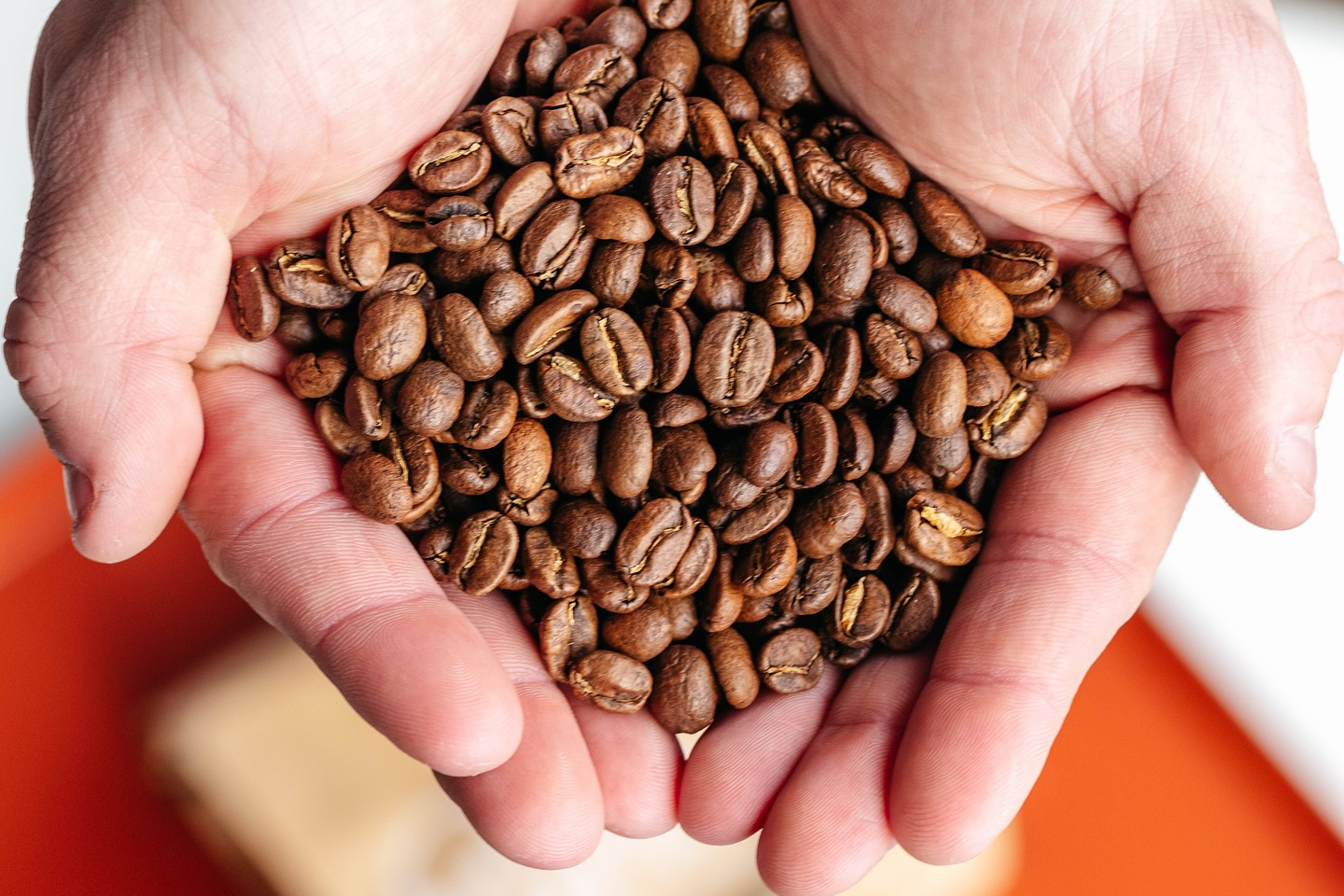Imagine you head into your local diner for Sunday breakfast and order a hot cup of coffee. Soon enough, your server arrives with a delicious cup of warm, freshly brewed coffee. Chances are you’re ready to dive in and take that first sip — not considering how your coffee was brewed. A standard cup of coffee is also known as drip coffee, which simply means it was made by a traditional coffee maker that uses heated water and pressure forced through coffee beans to brew coffee. Learn the details of this method of freshly brewed coffee in our drip coffee guide below — and then check out some of the best drip coffee makers.
What is drip coffee?

If you order a regular cup of coffee anywhere on the go, you’re likely to be ordering a drip coffee (even if you don’t call it that). This type of coffee is called drip coffee because it uses an automatic coffee maker to force hot, pressurized water through coffee beans (and, hopefully, you’re using some of the best coffee beans on the market). The brewing method involves a few simple steps;
- Ground coffee is placed into a coffee filter and a water tank is filled with water.
- The water is heated through an internal heating element in the machine and forced upwards.
- Water then flows and “drips” through the filter full of ground coffee.
- Coffee “drips” out into the carafe, leaving you with a delicious pot of freshly brewed drip coffee.
Making drip coffee is a simple process, but it can be modified depending on how strong you like your coffee. A good rule of thumb is to add 0.5oz of dry, ground coffee beans for every 8 ounces of coffee you want to brew. A standard cup of coffee in the U.S. is about 8 ounces, but you can adjust as needed depending on your preferred cup size.
Drip coffee vs. brewed

Brewed coffee is a general term that refers to any coffee that is made with ground coffee beans and hot water. Many different brewing methods fall within the general “brewed coffee” umbrella, including pour over coffee, a French press coffee maker, or espresso. Drip coffee refers to one method of making coffee that is brewed, which involves slowly dripping hot water through ground coffee contained in a filter. The drip coffee method is the most common coffee brewing method and is likely the one your grandparents and great-grandparents used.
Is drip coffee the strongest?

The process of making drip coffee is pretty simple and also makes it easy to make lots of coffee in one batch (which is why it’s ideal for restaurants and coffee shops). While drip coffee makes a delicious cup of enjoyable coffee, it’s not quite as strong as brewing espresso. The process of making espresso is similar to making drip coffee but differs in a few ways. For example, espresso has a very fast brew time whereas making drip coffee will take longer. Brewing espresso also involves using finely ground coffee beans with an espresso maker, which works differently than the gravity method used in an automatic drip coffee maker.
Drip coffee vs. pour over

Pour over coffee is another method of making brewed coffee that involves pouring hot water over ground coffee that drains through a filter and into a carafe. This method is similar to the method used to make drip coffee but it does not involve the use of a coffee maker. In pour over coffee, you are manually in control of the flow of coffee which requires more time and effort to perfect.
Although this method certainly takes more time than brewing drip coffee, it does result in a brew that is stronger in taste. The manual process extracts more of the oil from the coffee grounds than an automatic drip coffee maker can, resulting in a smoother, slightly stronger cup of coffee.
Drip coffee vs. americano

A freshly brewed americano is another drink that’s similar to drip coffee, however, it uses espresso and water to create a more full-bodied, rich flavor. The richer flavor occurs because there is a higher amount of dissolved solids in espresso compared to what is found in drip coffee. Each cup of drip coffee tends to have more caffeine than an Americano (unless you’re opting for decaf drip coffee).
This specialty drink is delicious and a great choice if you’re feeling something stronger than drip coffee, but is typically more expensive and more of a specialty find. You might not be able to find an Americano anywhere, but chances are you can find drip coffee anywhere. Ultimately, your coffee order comes down to preferences, accessibility, and affordability — but there’s no arguing that you can’t go wrong with a drip coffee.




